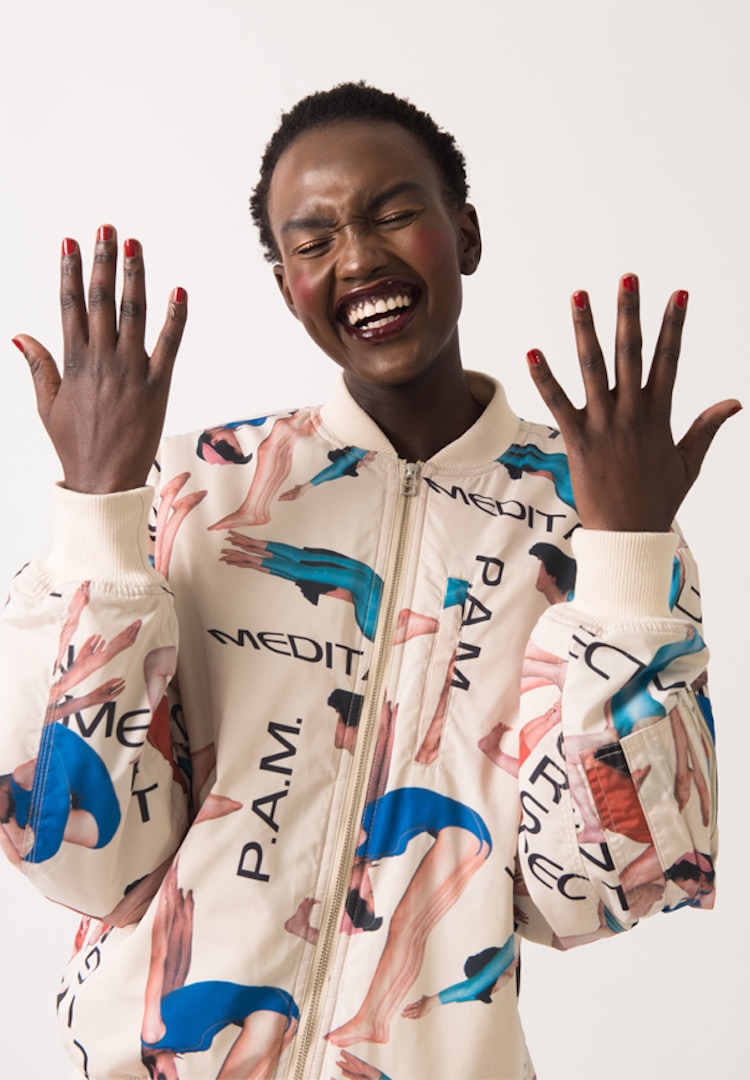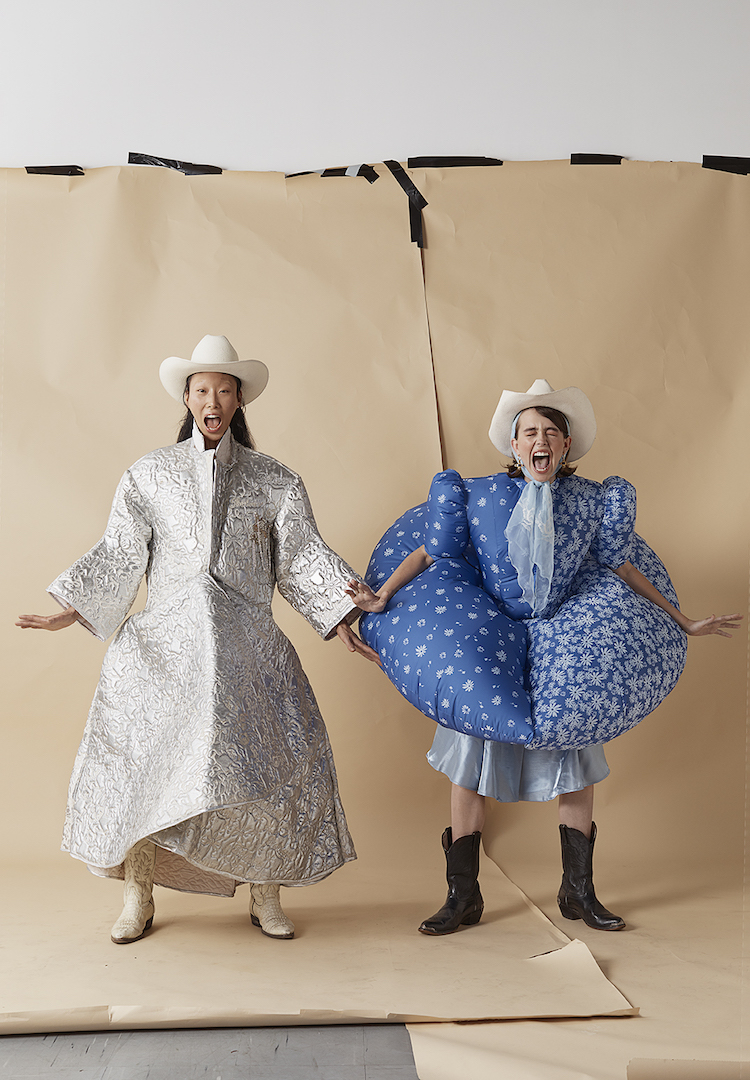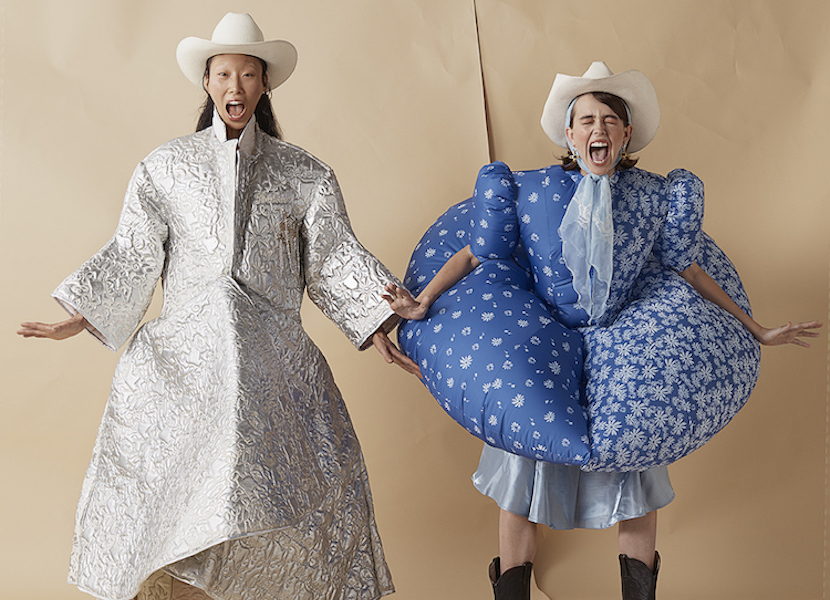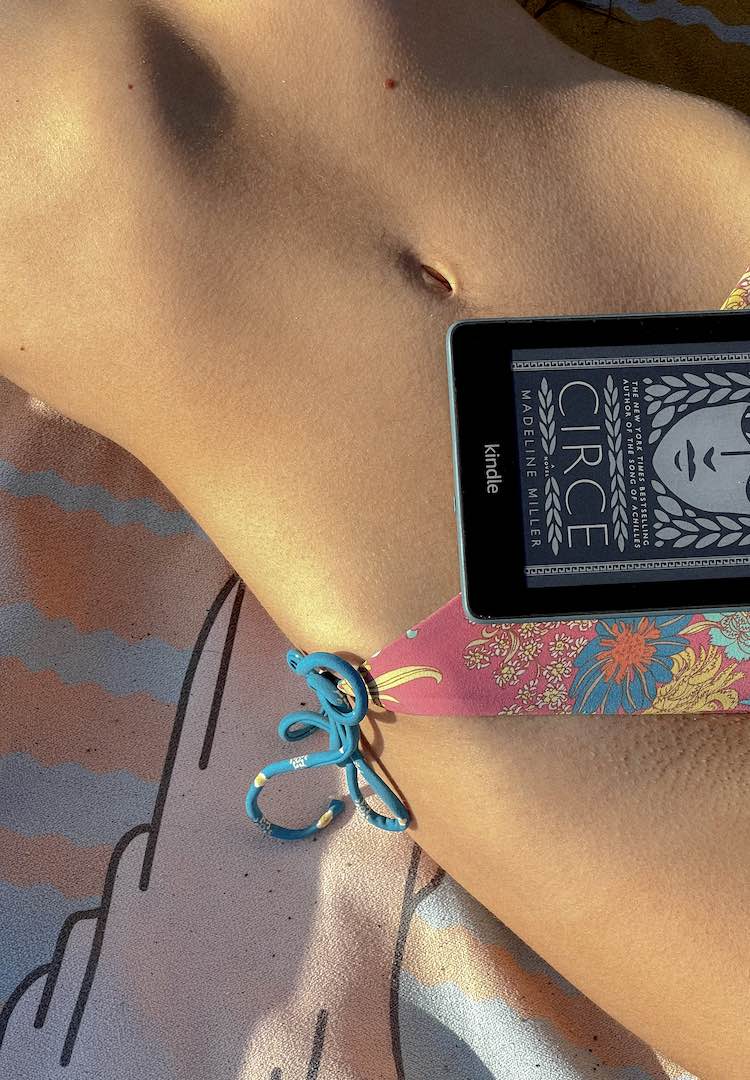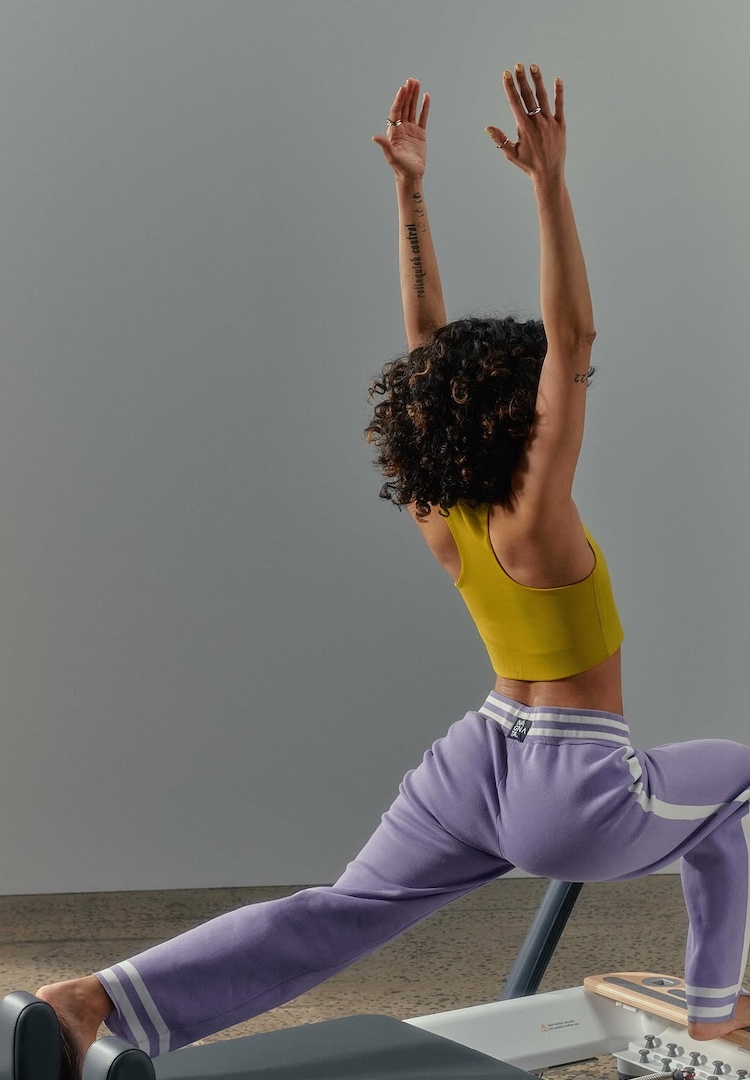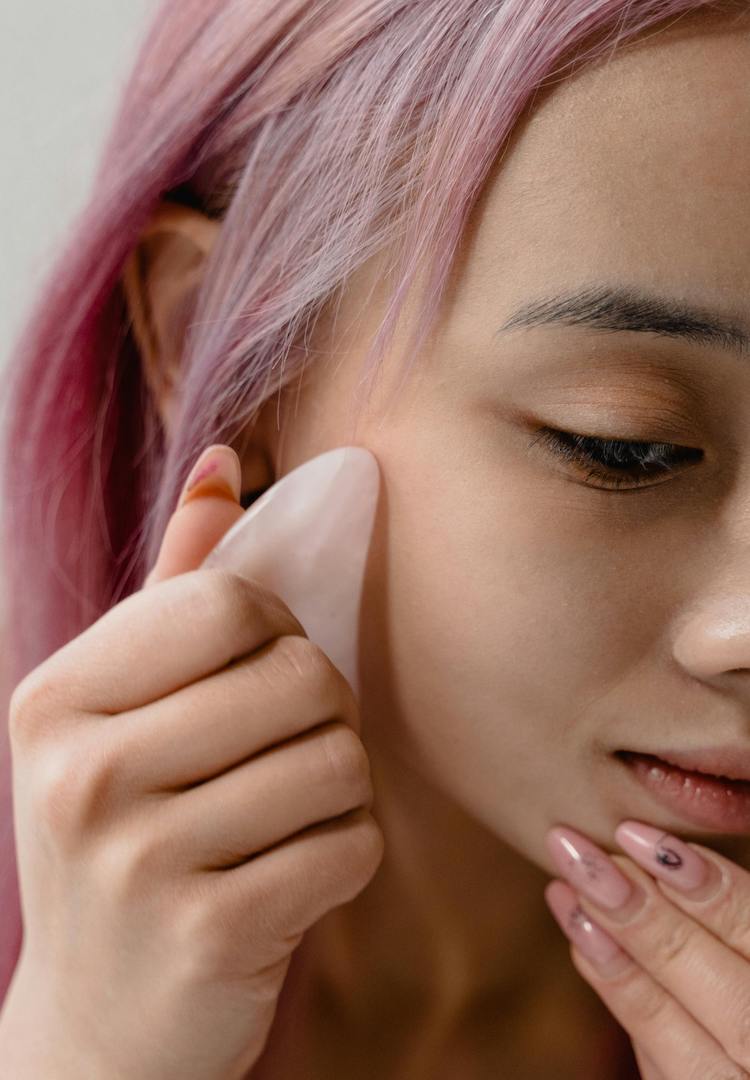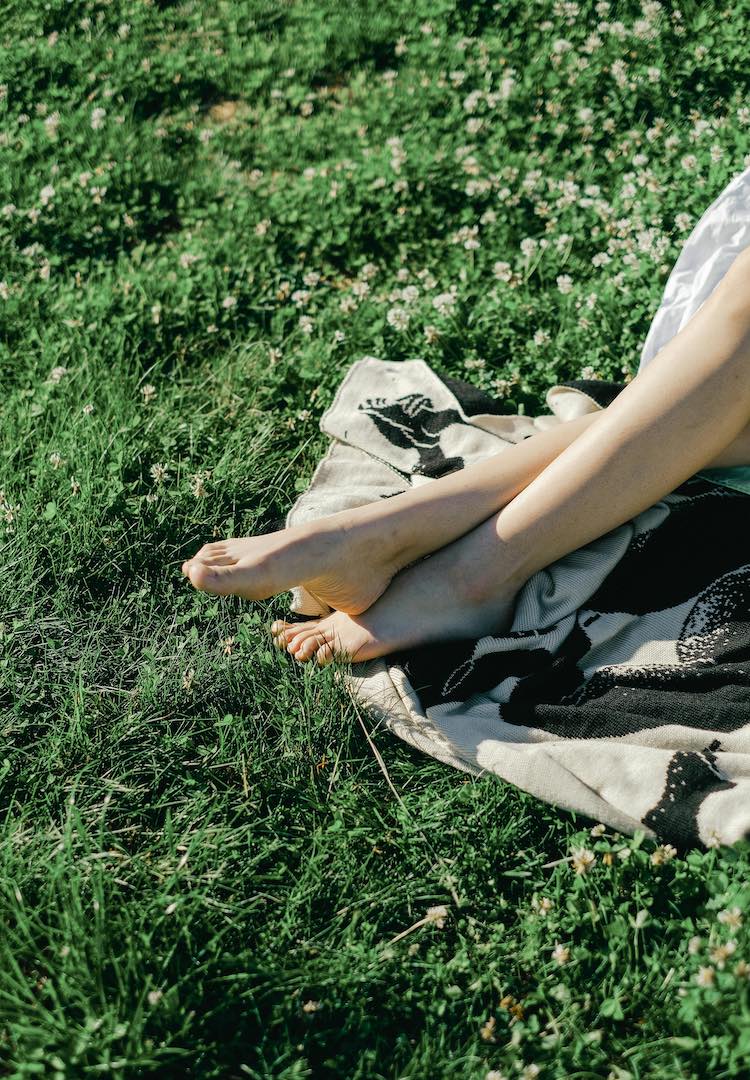Ever heard of tantrum therapy? Here’s where to go in Australia to let it all out
PHOTOGRAPHY BY AMELIA DOWD
WORDS BY ALEXANDRA ENGLISH
The anti-wellness wellness trend has hit the mainstream.
When the wellness movement reached its peak in 2019, it was about feeling good: maximising, optimising, hacking, sweating, meditating your way to feeling like a blissed-out goddess in a bathtub filled with açai. If you weren’t feeling amazing, you probably weren’t trying hard enough to fold those negative feelings into neat thirds before putting them in your T-shirt draw. Maybe you weren’t inhaling the right cocktail of essential oils to dry out your eyes so that if the urge to cry came, there was nothing there. Perhaps your sheet mask was too porous to keep the Bad Thoughts out.
Post-2020, though, there’s no denying the bad, the negative, the sad. It’s everywhere. The only thing to do is learn how to manage it, and if that’s by crying, throwing a (supervised) tantrum or screaming until your lungs give out (or your neighbours complain), so be it.
Here, the experts talk about the benefits and potential pitfalls of catharsis. Keep in mind, if you are experiencing consistent low moods or are worried about your mental health, see your GP or call Lifeline on 13 11 14.
Cry, baby
What: Crying
Where: Anywhere!
How: Don’t force it, but don’t hold back
Crying has got to be one of the hardest bodily functions to control. So many feelings are punctuated with tears, yet there are so few places outside of your bedroom that it’s okay to let them flow freely.
We’re so often told that having a good cry will make us feel better. But is it actually good for you? Well, yes and no. From an evolutionary perspective, crying is good for humans because we are social animals: tears are a way of signalling to others that we need help and we’re not aggressive. When someone cries for a positive reason, it’s a sign to others of morality and peaceful intentions. But therein lies the paradox: in modern society, crying in front of others has been often seen as a sign of weakness and vulnerability.
Byron Bay-based psychotherapist, Mairéad Cleary, laments this modern take on tears. “It’s unfortunate we’ve been conditioned to believe crying is something we should be able to control and hold down – that it’s shameful and that if anyone sees us being vulnerable, they’ll turn away from us – because the opposite is true,” she says. “I’ve seen it time and time again in group sessions, when people get more comfortable with crying, other people are drawn to them, open up to them, want to be closer to them.”
There are signs that crying is becoming less stigmatised outside of bedrooms and therapy sessions. In 2018, the World Economic Forum revealed that Japan is recommending people cry once a week to relieve stress. Hidefumi Yoshida, a former school teacher, has reinvented himself as a namida sensei, or ‘tears teacher’, delivering a series of lectures to raise awareness of the benefits of crying. There’s also Holly Bourne’s book The Places I’ve Cried in Public, the crying Instagram @_spiltmilk_, and that clip from Something’s Gotta Give of Diane Keaton bawling her eyes out while frantically typing on her laptop. (Which may or may not have been replicated during the authoring of this piece.)
“I really believe crying is one of the best things we can do for ourselves in this incredibly stressed-out world,” says Cleary. “When people allow themselves to cry, the heart opens, the mind goes quiet, the body relaxes. The response to tears is incredibly healthy for people who are holding onto a lot of tension and something cracks and the tears come and the heart opens. Being able to access your heart is huge; people are quite ‘shut down’ in our society.”
Experts say it’s not the actual act of crying that makes you feel better; it’s the comfort and support you (hopefully) receive from the person you’re with. If you’re not with the right person, crying might make you feel worse. “Depending on who’s there, people can feel quite shamed if their crying is not held well,” Cleary explains. She also adds a word of advice for crying alone: “When people are on their own, they can get very overwhelmed and start to cry and potentially end up in a very dark place.” But, she says, that shouldn’t deter you from letting it all out when you need to. Just keep an eye on yourself. “It can be cathartic. Nine out of 10 times, when people cry behind closed doors, it’s the best possible thing for them.”
Deep breaths
What: Breathwork therapy
Where: Freedom Techniques, Sydney; or find your local practitioner here; or try it on Instagram here
How: By practising circular breathing for one hour
Until last year, we took about 25,000 breaths per day without even thinking about it. That all changed with the pandemic, when we all became better acquainted with shallow breathing as a confusing symptom of both Covid and anxiety. So it makes sense that breathwork, a practice that has been on the wellness fringe for years, made its way into the mainstream through Instagram Live and Zoom events.
Breathwork therapy is a form of controlled breathing, where you “inhale and exhale fully and consciously”, explains founder of Sydney’s Freedom Techniques and advanced breathwork practitioner, Liisa Halme. “You can do it at a gentle pace through the nose, or more actively through the mouth, like you were exercising lightly. The inhale is active, but the exhale is always relaxed, without any force.”
When it’s done right (read: with supervision) breathwork has been reported to reduce stress and anxiety levels, reduce the emotional reaction to triggers, and provide clarity and insight into our emotions. It can be done in a group or one-on-one, and often results in tears, shaking, sweating, crying or screaming.
A typical session involves a one-hour breathing cycle that, according to Halme, “may involve a variety of physical sensations, emotional experiences or memories, and/or emotional releasing”. At the end, your practitioner will guide you through how best to process any emotions that arose during your session.
“Personally, it completely changed how I feel, from the inside out,” Halme says of her breathwork experience. “It was profoundly healing. Allowing myself to be vulnerable didn’t come easy, but it was the best and most transformative thing.”
Maggie Lang from New York Magazine’s The Cut tried breathwork during her lockdown and interviewed a bunch of practitioners who all gave a general consensus that the practice sounds straightforward, but it’s never easy. “Breathwork is for people who are willing to get uncomfortable,” says Regina Rocke, who has been running sessions on Instagram Live from her place in Brooklyn.
Breathwork practitioner Katheen Kulikowski is the one who compares it to an “adult tantrum”, saying “you scream and shout and cry”. “Like a tantrum, it can feel equal parts sincere, dramatic and exaggerated,” Lang writes.
While Halme wouldn’t necessarily call it a tantrum, she can see how it could feel that way for some. “If you’ve been very emotionally suppressed and have been holding onto many unexpressed emotions, then yes, there can be some deep emotional releasing that needs to happen that may look like a tantrum on the outside,” she says.
Like many practices that sit on the edge of wellness, breathwork therapy is controversial. It’s been accused of inducing hyperventilation and disorientation due to a lack of oxygen. Lang writes: “[Dr Passfield explains breathwork can have] dramatic effects on the body and mind. Disorientation, involuntary muscle contraction, tremors, all the weird things I felt, [he] says, “are the classic symptoms of low carbon dioxide. It would make sense you would begin to feel disoriented. Hallucinogenic effects don’t feel surprising at all, because the body is being challenged by this experience.”
Halme doesn’t believe breathwork should result in hyperventilation, saying it should be more about “super ventilation”. “[When you hyperventilate], you inhale more than you exhale, and end up feeling like you’re not getting enough air,” she explains. “The oxygen and carbon dioxide balance is disturbed. In breathwork, you inhale and exhale fully and consciously. Breathwork isn’t forced; it doesn’t cause damaging imbalance in the body’s gases.”
Turn screaming into cheering
What: A positive spin on primal scream therapy
Where: At a kids’ football game; in front of the TV
How: Instead of screaming “Ahhhhh!”, scream “Woohoo!”
John Lennon was apparently a big believer in primal scream therapy in the traditional format, which was created by Arthur Janov, a psychotherapist who believed childhood trauma could be released with a really big screaming session. Apparently, Janov would have clients reenter their childhoods through the use of cribs and toys, and have them scream at an empty chair, imagining their target sitting there.
The idea of screaming to release tension and emotion sounds good on paper – and feels good into a pillow – but it’s controversial among psychologists, who say it definitely shouldn’t be attempted unsupervised, if at all. (At Primal Therapy Australia, which didn’t respond to a request for an interview, the word ‘Scream’ is notably absent from its name. The website goes to great lengths to explain that it is different to Janov’s method, without actually explaining what it involves.)
Psychotherapist and relationship expert, Dr Gin Love Thompson, told Shape Magazine in 2018 that in theory, screaming can be therapeutic. “For the inner-child who was silenced by being repeatedly intimidated, the domestic abuse survivor who couldn’t scream back when attacked, anyone who has suffered severe bullying, anyone dealing with grief or common psychological issues such as depression and anxiety, ‘scream therapy,’ or ‘primal release’ has the potential to be therapeutically beneficial.” The problem is, though, that delving so far into trauma and essentially reliving it can be retraumatising and cause more damage.
Mairéad Cleary, the Byron Bay-based psychotherapist, questions the practice. “I believe primal scream has changed a lot over the years, but when it started, it was catharsis for the sake of catharsis,” she explains. “I don’t think there’s a benefit to that. When it’s genuine catharsis, that’s the emotional body bringing something up and letting it be released, rather than sitting on it or holding it down. But catharsis for the sake of catharsis doesn’t necessarily come from a natural, organic response to something.”
If you regularly feel yourself repressing the urge to scream, talk to a therapist about whether primal therapy could be good for you, or how to release anger in a healthy way. In the meantime, I would suggest taking the advice of the New York Times and putting a positive spin on it instead by “howling and cheering” in support of a good cause or in the direction of your favourite sporting team. You still get the satisfaction of making a really loud, full-body noise, but it’s full of love rather than anger. That’s exactly what the world needs more of in 2021.

